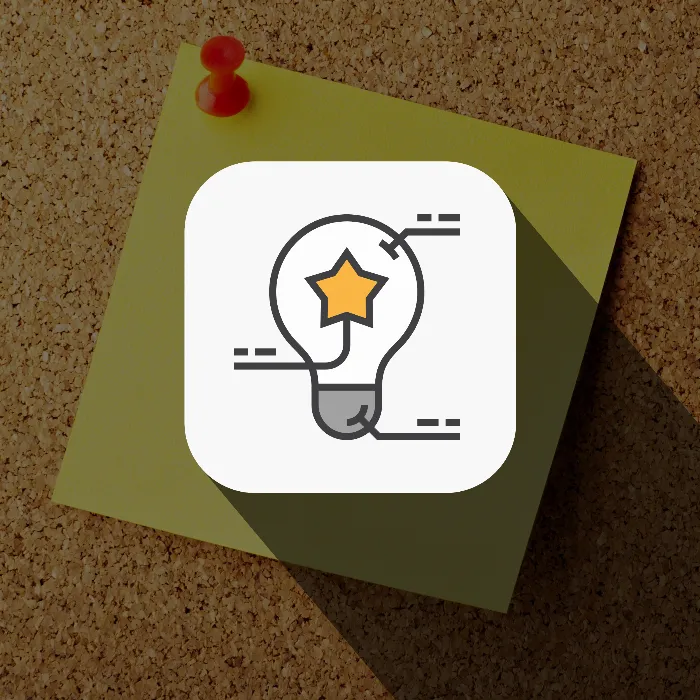Finding ideas is a crucial phase in the Design Thinking process. Often, the best solutions are the ones that come most unexpectedly. In this guide, you will learn how to develop creative ideas through effective brainstorming, whether it's for a new product, a service, or a problem that needs to be solved.
Key Insights
- Brainstorming can be done in various ways – digitally, on paper, or with visual aids.
- The goal is to collect ideas without evaluation and restrictions.
- Using models or existing products can serve as a source of inspiration.
- Creating categories for idea generation can help structure the brainstorming process.
Step-by-Step Guide to Brainstorming
1. Prepare the Brainstorming Environment
Before starting brainstorming, consider how and where you want to collect the ideas. You can use a simple brainstorming sheet, a table with post-its, or a whiteboard. The choice of environment depends on your personal preferences and the type of team you are working with. Make sure the space is inspiring and fosters creativity.
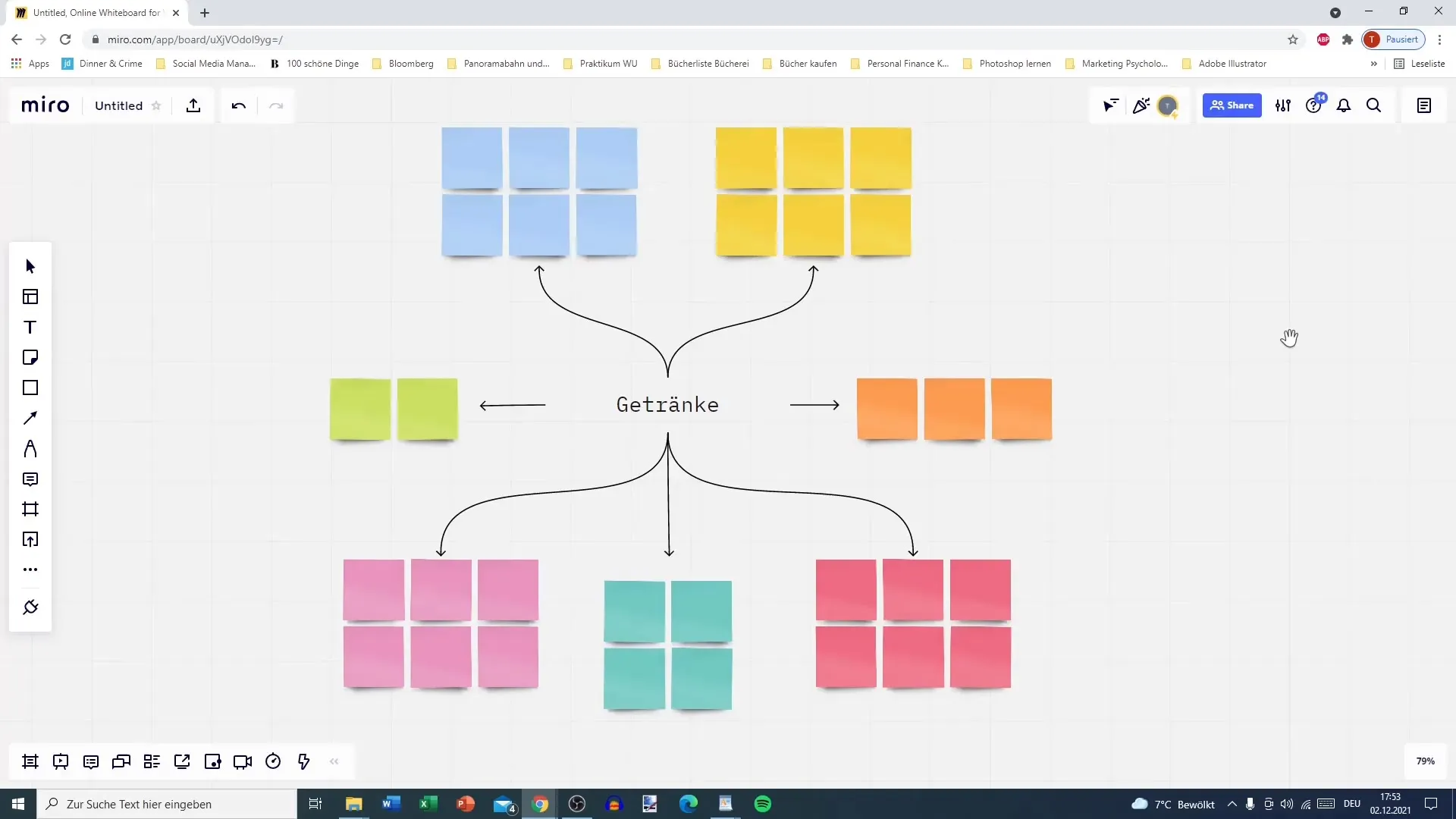
2. Define the Topic
To develop effective ideas, it's important to define a clear theme or problem. Choose something specific, like developing a new beverage. It helps to include already collected information about personas and touchpoints in the process. This groundwork forms the basis for creative and product-related ideas.
3. Acquiring Ideas through Inspiration
A great method to develop ideas is to use existing products as a source of inspiration. Consider what similar products already exist and make a list to learn from their strengths. You can also refer to well-known brands that inspire you, like Coca-Cola in the Zero version.
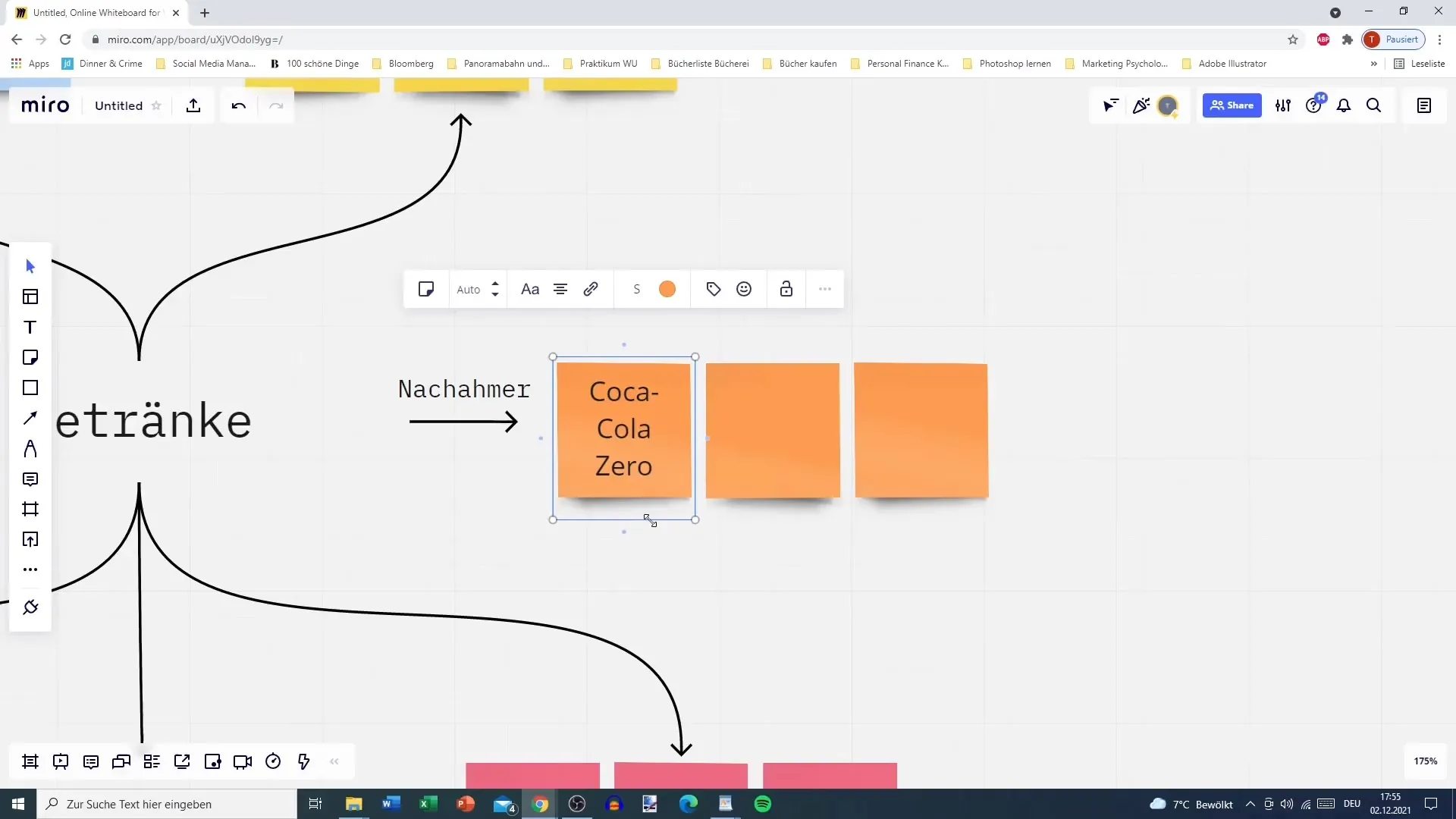
4. Create Categories
To collect ideas in a more structured way, you can create different categories. Divide the brainstorming into sections, such as ingredients, packaging, pricing, and product description. This way, you can develop ideas in specific areas.
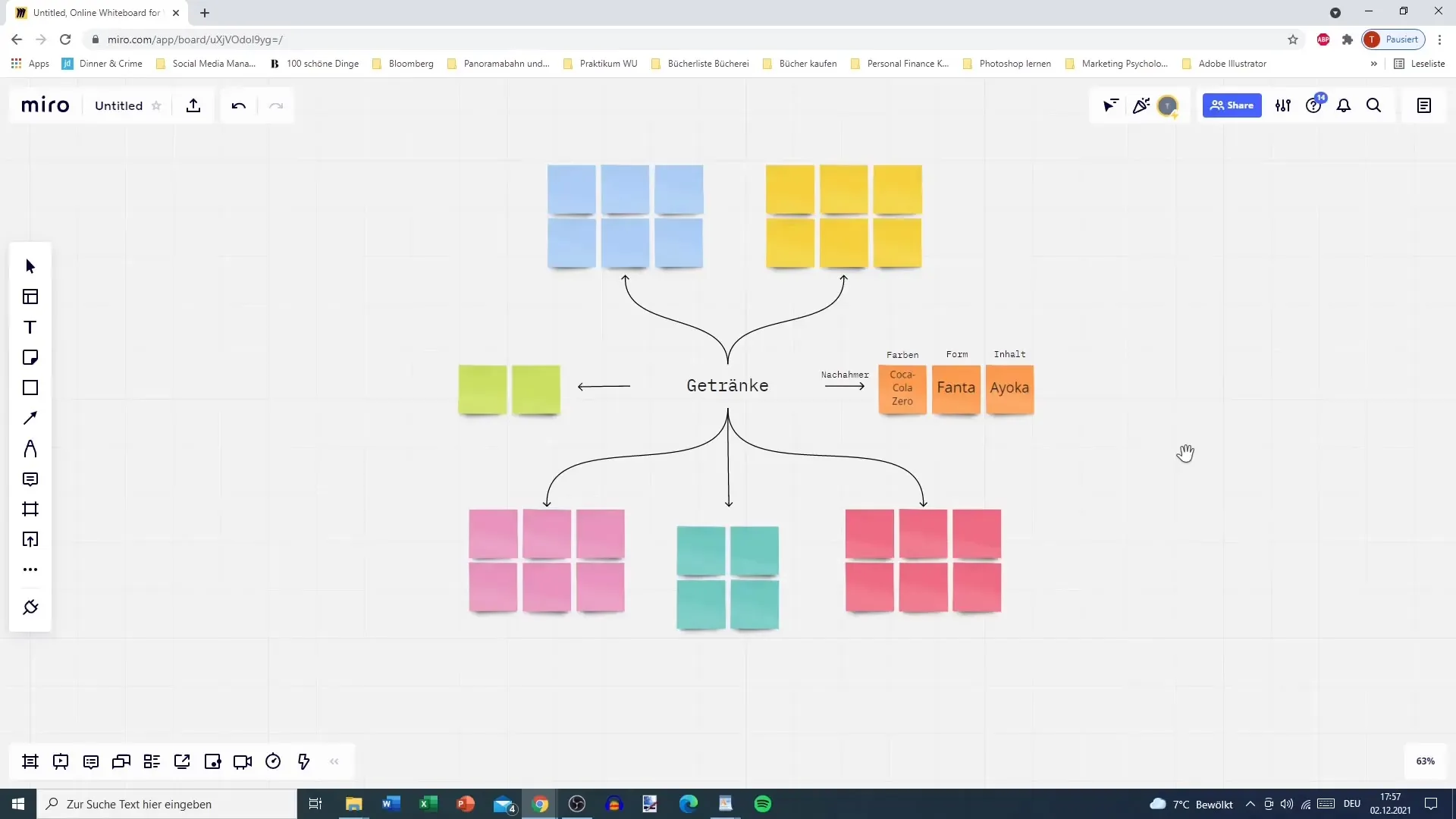
5. Utilize Visual Representations
Another effective method during brainstorming is sketching ideas. Instead of just noting down words, you can make a sketch of the product. For example, an illustration of the beverage can where you note the ingredients, the label, and other details. This visual approach can help concretize thoughts and promote creative flow.
6. Collect Ideas Without Evaluation
When brainstorming, it's important to initially collect ideas without evaluation. Write down everything that comes to mind, regardless of how valuable or feasible the idea may seem. The creative process thrives on the diversity of thoughts. Therefore, it's crucial that you and your team are unrestricted in their thinking during this phase.
7. Filter and Prioritize Ideas
After collecting a variety of ideas, it's time to organize them. Go through the gathered suggestions and start selecting the most exciting or feasible concepts. This step can be done in a group discussion where the team collectively discusses and prioritizes the most promising ideas.
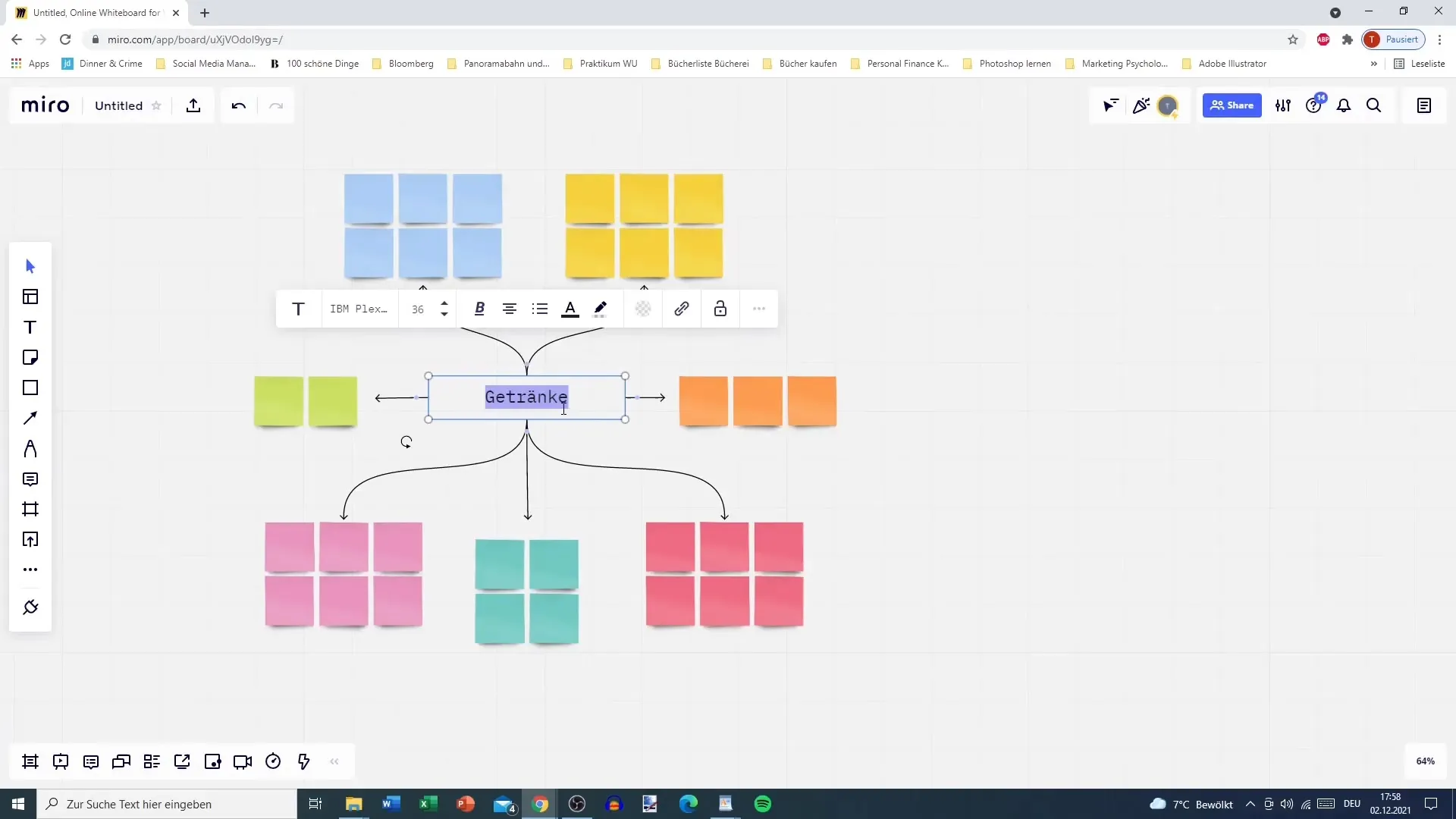
Summary
You have now learned how important it is to collect ideas in a structured and creative way. By applying various techniques ranging from seeking inspiration to visual representations, you can discover new perspectives and find innovative solutions. Remember that the goal of brainstorming is to develop ideas without restrictions that can then be refined in the next steps.
Frequently Asked Questions
What is Brainstorming?Brainstorming is a creative technique to gather as many ideas as possible on a specific topic, either in a group or individually.
How do I prepare for brainstorming?Choose an inspiring space and prepare necessary materials like whiteboards, post-its, or notepads.
Do I need a team to brainstorm?Not necessarily, you can also brainstorm alone, but exchanging ideas with others can often provide additional perspectives.
What comes after brainstorming?Filter the collected ideas and prioritize the most promising ones to pursue further.
Can I use models as inspiration?Yes, using existing products as inspiration can be very helpful.
